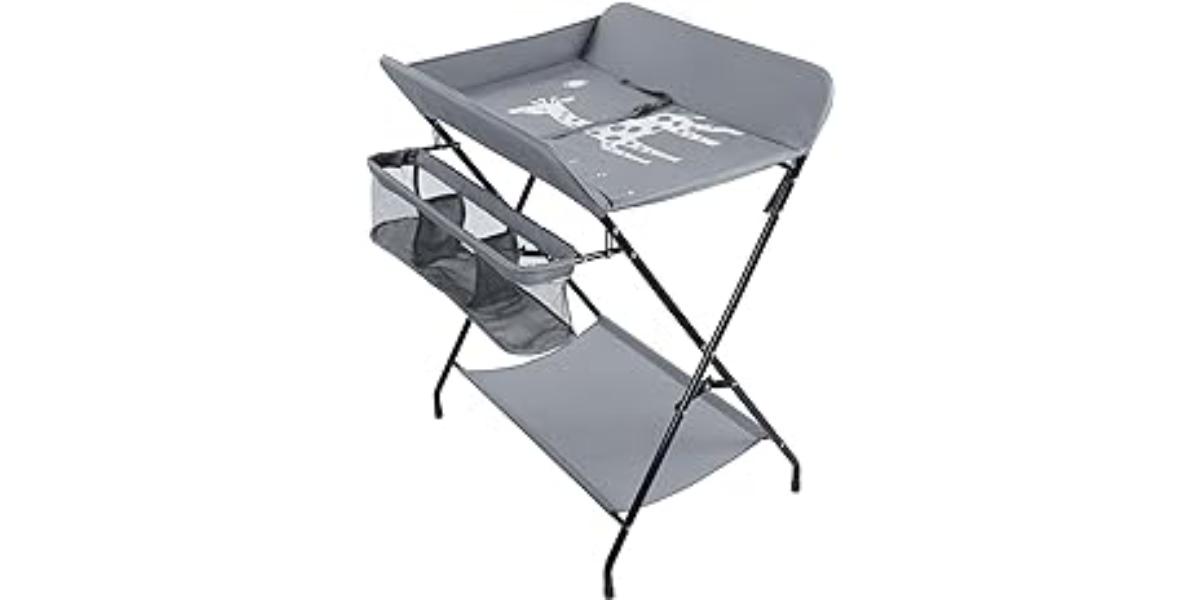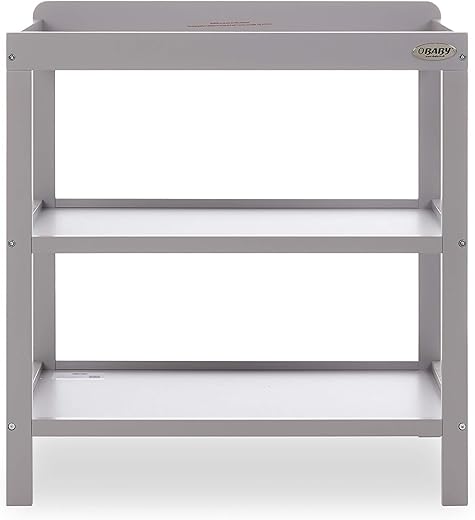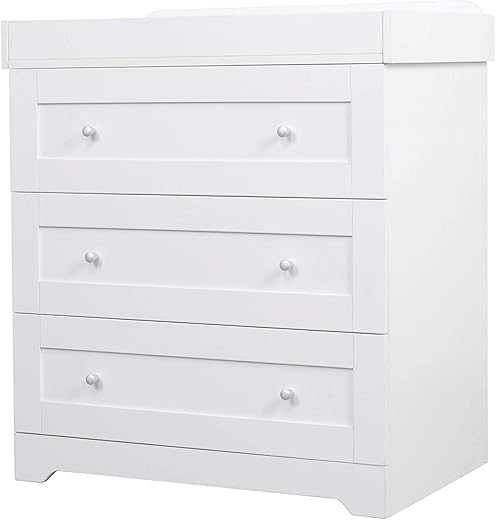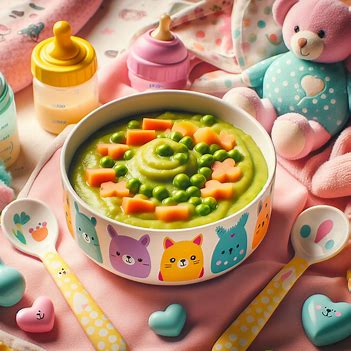Introduction to Baby Changing Tables
As new parents, we quickly realize that one of the most essential items we need for our little one is a baby changing table. This piece of furniture becomes our go-to station for all those diaper changes, providing a dedicated space that makes the process more convenient and organized. In this ultimate guide, we will explore the pros and cons of using a baby changing table, the different types available in the market, factors to consider when choosing one, safety tips for usage, alternatives to traditional changing tables, and how to properly organize and stock your changing table.
The Importance of a Baby Changing Table
A baby changing table is more than just a convenient surface to change diapers. It offers numerous benefits that make it an indispensable item for new parents. Firstly, a changing table provides a designated space for diaper changes, eliminating the need to use other surfaces that may not be as clean or comfortable. This helps to maintain hygiene and ensures that your baby is comfortable during the process.
Additionally, a changing table allows you to organize all the necessary supplies in one place. From diapers to wipes, creams, and extra clothes, having everything within arm’s reach saves time and reduces the risk of accidents. Moreover, the elevated height of a changing table saves your back from unnecessary strain, as you won’t have to bend over or kneel on the floor while changing your baby.
Pros of Using a Baby Changing Table
When it comes to the advantages of using a baby changing table, the list is extensive. Firstly, as mentioned earlier, it provides a dedicated space for diaper changes, ensuring cleanliness and convenience. This is especially crucial during those late-night diaper changes when you’re half-asleep and need everything within easy reach.
Secondly, a changing table helps to establish a routine for your baby. By having a consistent space for diaper changes, your little one will quickly learn to associate it with the process, making it easier for you to navigate through those messy moments. Moreover, the raised height of a changing table ensures that your baby is safe and secure, away from any hazards or potential falls.
Another advantage is the storage space that most changing tables offer. With shelves, drawers, and compartments, you can easily organize all the essential supplies and keep them neatly arranged. This not only saves you time but also prevents you from rummaging through cabinets or searching for items when you need them the most.
Cons of Using a Baby Changing Table
While baby changing tables have numerous benefits, there are a few drawbacks to consider as well. One of the main concerns is the limited lifespan of a changing table. As your baby grows older and becomes more independent, the need for a dedicated changing station diminishes. This means that you may have to invest in another piece of furniture or repurpose the changing table for other uses.
Another disadvantage is the cost associated with purchasing a baby changing table. Depending on the type and brand, these tables can be quite expensive. This may pose a challenge for parents on a tight budget. However, it’s important to remember that a changing table is an investment that offers convenience and organization during those early years of parenthood.
Additionally, the size of a changing table can be a constraint, especially if you have limited space in your home. Before making a purchase, measure the available area to ensure that the table fits comfortably without hindering movement or causing clutter. If space is a concern, consider alternatives such as foldable changing tables or dresser-top changing pads.
Different Types of Baby Changing Tables
When it comes to baby changing tables, there are several types to choose from, each with its own unique features. The traditional changing table is a standalone piece of furniture with a flat surface for changing diapers and storage compartments for supplies. These tables often come with safety rails to prevent your baby from rolling off.
Another popular option is a dresser with a changing pad on top. This type of changing table combines the functionality of a dresser and a changing station, allowing you to use it even after your baby outgrows the need for diaper changes. With spacious drawers, you can store clothes, blankets, and other baby essentials in one place.
For those with limited space, wall-mounted changing tables are a great solution. These tables fold up against the wall when not in use, freeing up valuable floor space. They typically come with storage compartments and can be installed at a comfortable height for easy access.
Factors to Consider When Choosing a Baby Changing Table
Before making a decision, it’s important to consider certain factors that will help you choose the right baby changing table for your needs. Firstly, assess the available space in your home and determine the size and type of changing table that will fit comfortably without causing any obstructions.
Next, consider the storage options offered by the changing table. Look for shelves, drawers, or compartments that will allow you to organize all the necessary supplies and keep them within arm’s reach. This will make diaper changes more efficient and prevent any last-minute searching for items.
Another crucial factor is the sturdiness and stability of the changing table. Ensure that it is made of high-quality materials and has a solid construction that can withstand the weight of your baby. Look for safety features such as safety rails and non-slip surfaces to prevent accidents.
Safety Tips for Using a Baby Changing Table
Safety should be a top priority when using a baby changing table. Always ensure that your baby is within arm’s reach and never leave them unattended, even for a moment. Keep all supplies within easy reach, but out of your baby’s reach to prevent any accidents or choking hazards.
Use the safety straps provided with the changing table to secure your baby in place. These straps are designed to keep your baby from rolling off the table. Additionally, make sure that the changing table is sturdy and stable, with no wobbling or loose parts.
Regularly check the changing table for any wear and tear, loose screws, or damaged surfaces. If you notice any issues, repair or replace the table immediately to ensure your baby’s safety. Finally, always follow the weight limit specified by the manufacturer to avoid any accidents or structural damage.
Alternatives to Traditional Baby Changing Tables
If a traditional baby changing table doesn’t suit your needs or space constraints, there are alternative options available. One popular choice is a dresser-top changing pad. These pads can be placed on top of any sturdy dresser or table, providing a convenient and cost-effective solution. However, ensure that the surface is wide enough and the pad is securely attached.
Another alternative is a portable changing table. These lightweight and foldable tables can be easily moved around the house or taken with you on outings. They often come with storage pockets and are ideal for parents who prefer flexibility and versatility.
Lastly, a multi-purpose changing table that can be converted into a desk or play table is a great long-term investment. These tables offer functionality beyond the diaper-changing years and can be repurposed as your child grows older.
How to Properly Organize and Stock Your Baby Changing Table
Organizing and stocking your baby’s changing table is essential for a smooth and efficient diaper change routine. Start by designating specific areas for different items. For example, keep diapers, wipes, and creams in one compartment or drawer. Use dividers or baskets to further organize smaller items such as socks, bibs, or pacifiers.
Regularly restock your changing table supplies to ensure that you never run out of essentials. Keep a stockpile of diapers, wipes, and creams nearby, so you don’t have to scramble for them during a diaper change. Additionally, have a spare set of clothes within reach in case of any accidents or spills.
To maintain cleanliness and hygiene, regularly wipe down the changing table surface with baby-safe disinfectant wipes. Launder the changing pad cover and any fabric accessories as needed. By keeping your changing table clean and organized, you create a pleasant and efficient space for both you and your baby.
Conclusion: Making an Informed Decision About Baby Changing Tables
Choosing a baby changing table is an important decision for new parents. By understanding the pros and cons, exploring the different types available, considering essential factors, and following safety guidelines, you can make an informed choice that suits your needs and preferences. Whether you opt for a traditional changing table, a dresser with a changing pad, or an alternative solution, remember that the primary goal is to provide a safe, comfortable, and organized space for your baby’s diaper changes. With proper organization and stocking, the changing table becomes an invaluable tool that simplifies the parenting journey, making those countless diaper changes a little less daunting.
CTA: Explore our range of baby changing tables and find the perfect one for your needs. Create a safe and organized space for your baby’s diaper changes, and make parenting a little easier.












